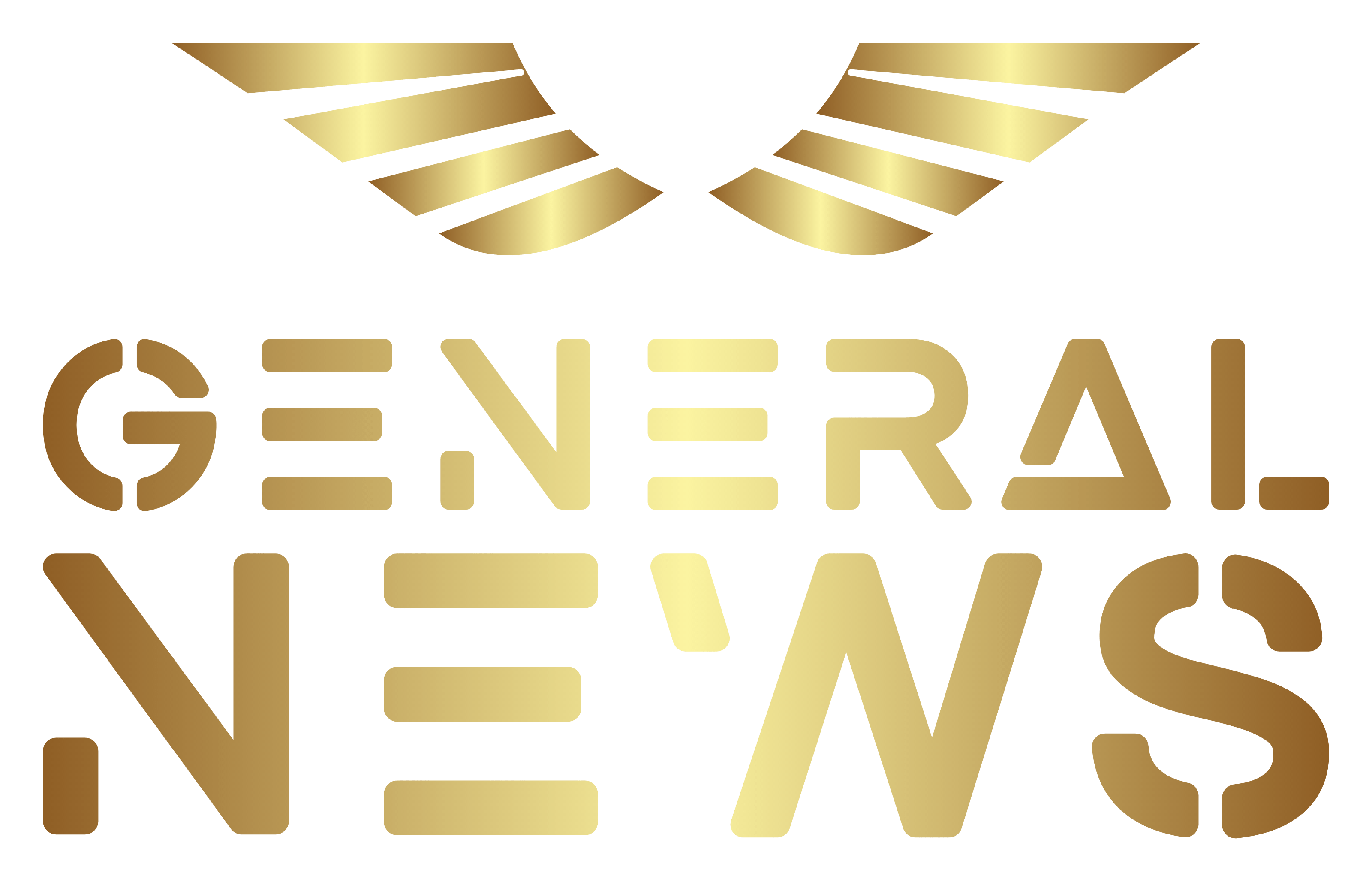A treasure called turmeric
Cartilage is connective tissue, which consists of chondrocytes, collagen and elastic fibres and amorphous intercellular mass. It is rigid, yet relatively flexible and acts as a kind of shock absorber. The function of the cartilage can be compared to a sponge - when pressure is applied, water is squeezed out of the cartilage, while at rest the water is sucked back into the tissue together with a certain amount of substances contained in the joint sebum - synovial fluid. This nourishes the cartilage and ensures a firm adhesion of the surfaces to each other and reduces friction. A lack of this fluid damages the articular cartilage, impairs its nutrition and regeneration, and leads to a reduction in the functionality and resistance of the joints and, consequently, to the development of osteoarthritis. Therefore, it is important that synovial fluid contains enough of the necessary nutrition. However, if synovial fluid forms in excess, for example, during an injury, infection or other degenerative change, it can flood the joint space, causing swelling and causing even more pain. In this case, it is necessary to remove the accumulated fluid from the intra-articular space by what is popularly known as puncture. "pulling water out of the joint".
When joint pain starts to occur, a number of factors can be to blame, the most common being degenerative joint disease, called arthritis, arthritis or rheumatoid arthritis. Cartilage is under a lot of strain during life - especially in active athletes or physically hard-working individuals. Age also has a major influence on the wear and tear on our joints; after the age of thirty, the first signs of joint wear and tear may occur, and the first pains may appear and degenerative inflammatory processes that destroy joint tissues begin to develop.
It's not entirely clear what causes arthritic problems, but we do know several indirect causes that affect cartilage and joint health. These include trauma, whether sudden and severe or the gradually accumulated effects of many minor injuries, for example during sport. Furthermore, it can be various infections, e.g. Lyme disease, autoimmune disease - rheumatoid arthritis or metabolic disease - gout. Obesity, joint loading, heredity also play a role. In short, it can be said that the basis of arthritic problems is mainly damage to articular cartilageand thus impaired sliding movement of the joint surfaces relative to each other.
How to help the body to maintain the normal state of joints and cartilage and the words arthritis, arthrosis or osteoarthritis are just foreign words in the dictionary?
Adequate nutrition is the basis for healthy joints. Nature offers us many options and one of them is curcumin contained in turmeric. Turmeric, or Indian saffron, is a spice made from the dried ground rhizome of the Curcuma longa tree. Its essential and most talked-about component is antioxidants and polyphenols, of which the main curcumin. This fat-soluble compound has proven positive musculoskeletal benefits. It acts as an antioxidant and has anti-inflammatory properties. In addition to curcumin Turmeric also contains carbohydrates, proteins, fibre, vitamins C, E, K, B1, B2, B3, B6, folic acid and minerals such as calcium, iron, magnesium, potassium, sodium, manganese, zinc, copper, selenium or phosphorus.
The effects of curcumin are well known, especially in its action on joints and cartilage. Turmeric helps to maintain the normal condition of joints, positively affects their mobility, cartilage and tissue strength. Turmeric also benefits the health of our bones. However, only a sufficiently high amount of turmeric given in regular doses over several weeks can provide these and other effects.
Effective use of turmeric
Unfortunately, if you want to take full advantage of the beneficial effects of curcumin, it will not be enough to simply include turmeric in your daily diet. Turmeric root contains about 3 % of curcumin and is difficult for the human body to absorb in its natural form because it does not dissolve in water. In its raw form, the human body can only absorb 1 % of curcumin. Thus, simply seasoning with turmeric is not enough. For effective use of curcumin and its natural action in the body, it is best to take turmeric extract or a product that contains it along with other beneficial substances.
For curcumin to have maximum effect, it has one condition - It needs to be peppered!
Research published in the journal Molecules points out that curcumin is difficult to absorb into the bloodstream. If it is not to be wasted, it is a good idea to improve its bioavailability. Combine turmeric with black pepper, for example! The contained piperine increases the absorption of curcumin by up to 2000 percent. That's why ALFA ARTRIZONE capsules contain piperine along with a large proportion of curcumin, for a more pronounced absorption. It also contains Horse chestnut extract containing aescin, which is used by the pharmaceutical industry to produce drugs for vascular insufficiency, varicose veins or heavy legs.

ALFA ARTRIZONE in 1 capsule contains:
300 mg curcumin - 95% dry extract
155 mg Asian umbilical cord grass (supports normal function of the vascular system, cardiovascular system and blood circulation, while maintaining normal function of the immune system)
20 mg liquorice glossy (acts as an antioxidant and thus supports the immune system, helps maintain normal joint health)
10 mg geranium scented (helps maintain normal joint health)
10 mg horse chestnut - aescin (mainly counteracts swelling and inflammation)
5 mg Black Peppermint - 95% piperine (promotes absorption of curcumin, beta-carotene or coenzyme Q10)
A study published in the Journal of Traditional and Complementary Medicine showed that curcumin promotes joint health by inhibiting molecules that are largely involved in inflammation. Her findings also showed that curcumin, as a very powerful antioxidant, neutralizes free radicals, thereby aiding regeneration and preventing joint damage.
Sources: www.sciencedirect.com/science/article/pii/S2225411016302528, www.pubmed.ncbi.nlm.nih.gov/26007179/, www.pubmed.ncbi.nlm.nih.gov/9619120/
Article published with the kind permission of the magazine Sphere
casopis-sfera.cz/ gnews.cz - HeK



